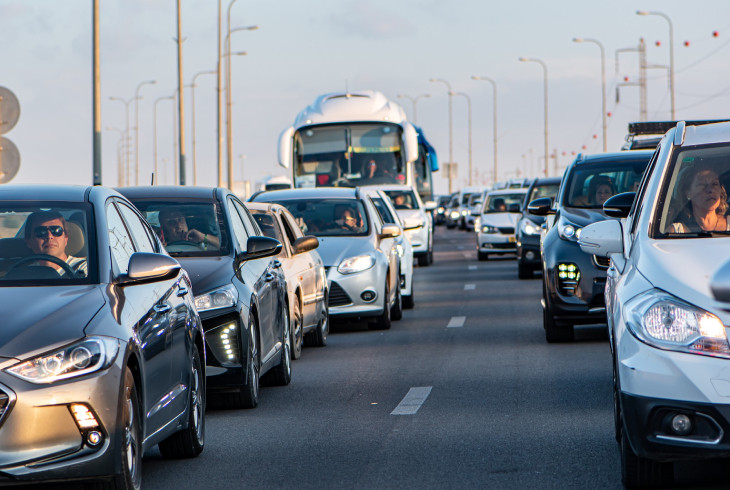

New
Impact of emissions on air quality in Europe
08. 06. 2022
![]() Mobility
Mobility
Deteriorated air quality still worries many Europeans, especially in urban areas. While emissions of air pollutants and their concentrations in ambient air have decreased significantly in Europe over the past two decades, air quality remains low in many areas.

In its report of 16 February 2022, the European Environment Agency (EEA) summarises the results of the evaluation of air quality improvement programmes (AQIPs) and states that exceedances of the limit value for the pollutant nitrogen dioxide (NO2) are primarily caused by road transport, while local heating causes exceedances of the limit values for particulate matter (PM).
The EEA assessed a total of 944 air quality improvement programmes for the period 2014-2020. These are developed and implemented by individual Member States to protect the health of citizens and protect ecosystems in places where air quality falls below European standards. The aim of these measures is to reduce the duration of exceedances of limit values to the shortest possible time. Most of the AQIPs focus on reducing the levels of the two substances mentioned above, NO2 and PM10 (particulate pollutants with an aerodynamic diameter of less than 10 µm). Over the period in question, two thirds of all exceedances of NO2 limit values are caused by heavy traffic in city centres and in close proximity to major roads. Air pollution from transport is predominant in western and northern Europe. Austria, Denmark, Finland, the Netherlands, Portugal and the United Kingdom cite transport as the only source exceeding the set air quality limits.
In southern and eastern Europe, on the other hand, local heating is a significant source contributing to PM10 exceedances. We are one of these countries, along with Croatia, Cyprus, Bulgaria, Italy, Poland, and Slovenia.
Of the air quality improvement measures introduced under the aforementioned PZKOs, two thirds of them are aimed at transport and reducing nitrogen oxides (NOX) concentrations, only 12% focused on local heating and 4% on measures in the agricultural sector as a significant contributor to particulate matter (PM) emissions.
According to the EEA's final eport on Air quality in Europe for 2021, long-term exposure to polluted air results in premature deaths and other diseases. The EEA estimates that in 2019, up to 307,000 people died prematurely in the 27 Member States due to air pollution from particulate matter (PM) and around 40,400 people due to NO2 pollution.
The European Commission, as part of the European Green Deal’s Zero Pollution Action Plan, has committed to reducing premature deaths caused by PM2.5 by 55% by 2030 compared to 2005 levels. To achieve this goal, the Commission has committed to reviewing several directives and policies that will reduce pollution levels directly at source. These include road transport and the building sector. The revision of the Air Quality Directive will also follow this path, seeking to align it with new recommendations from the World Health Organization (WHO) published in September 2021.











